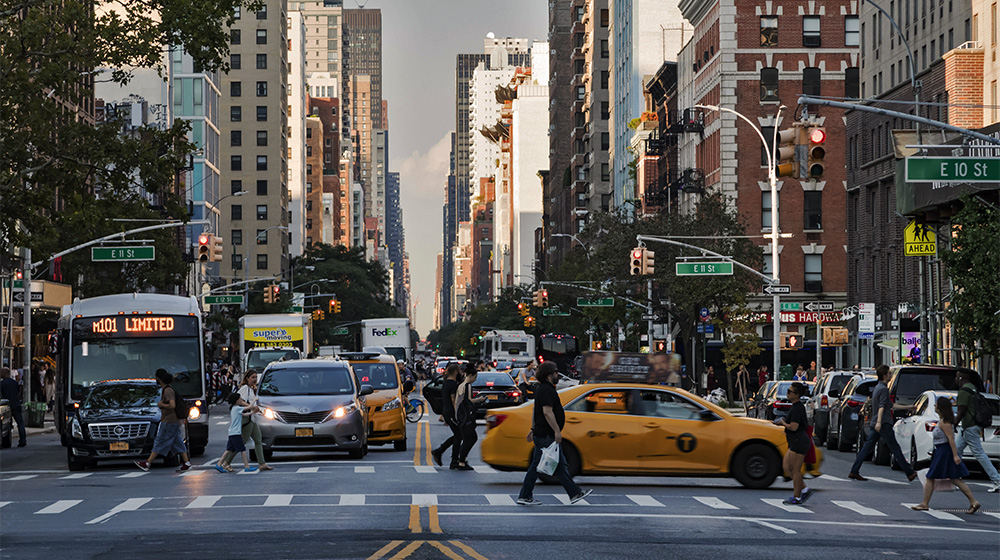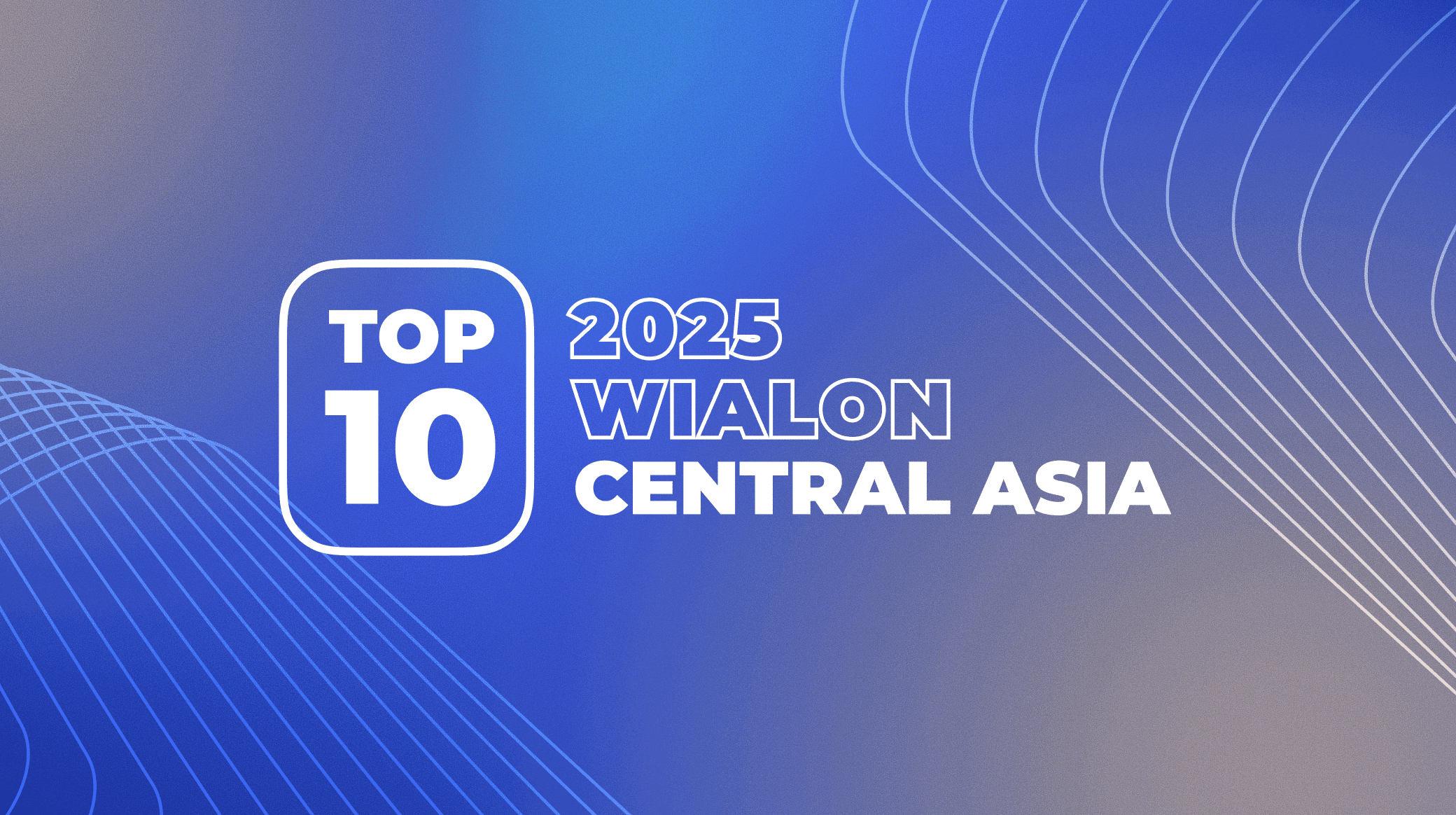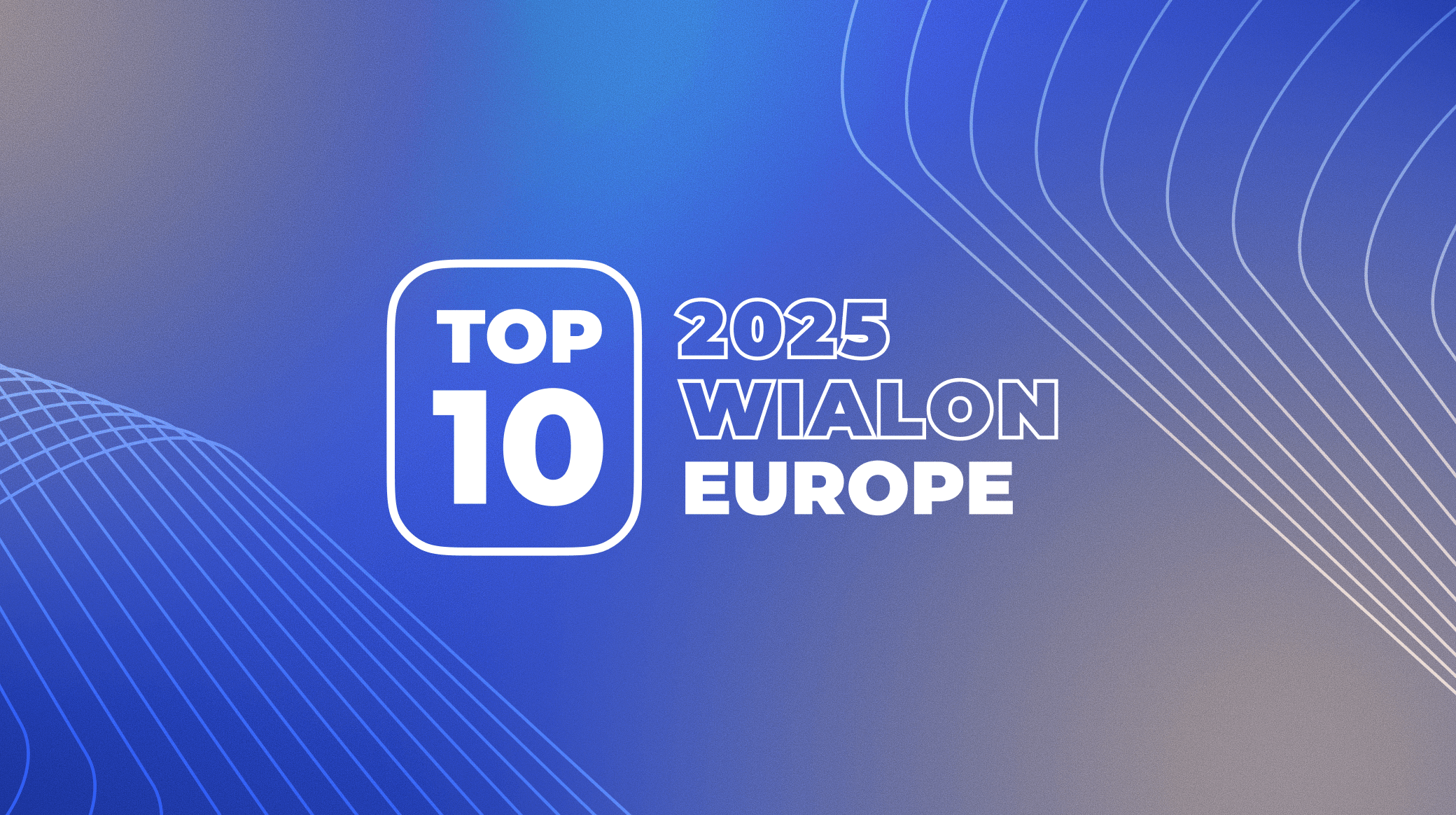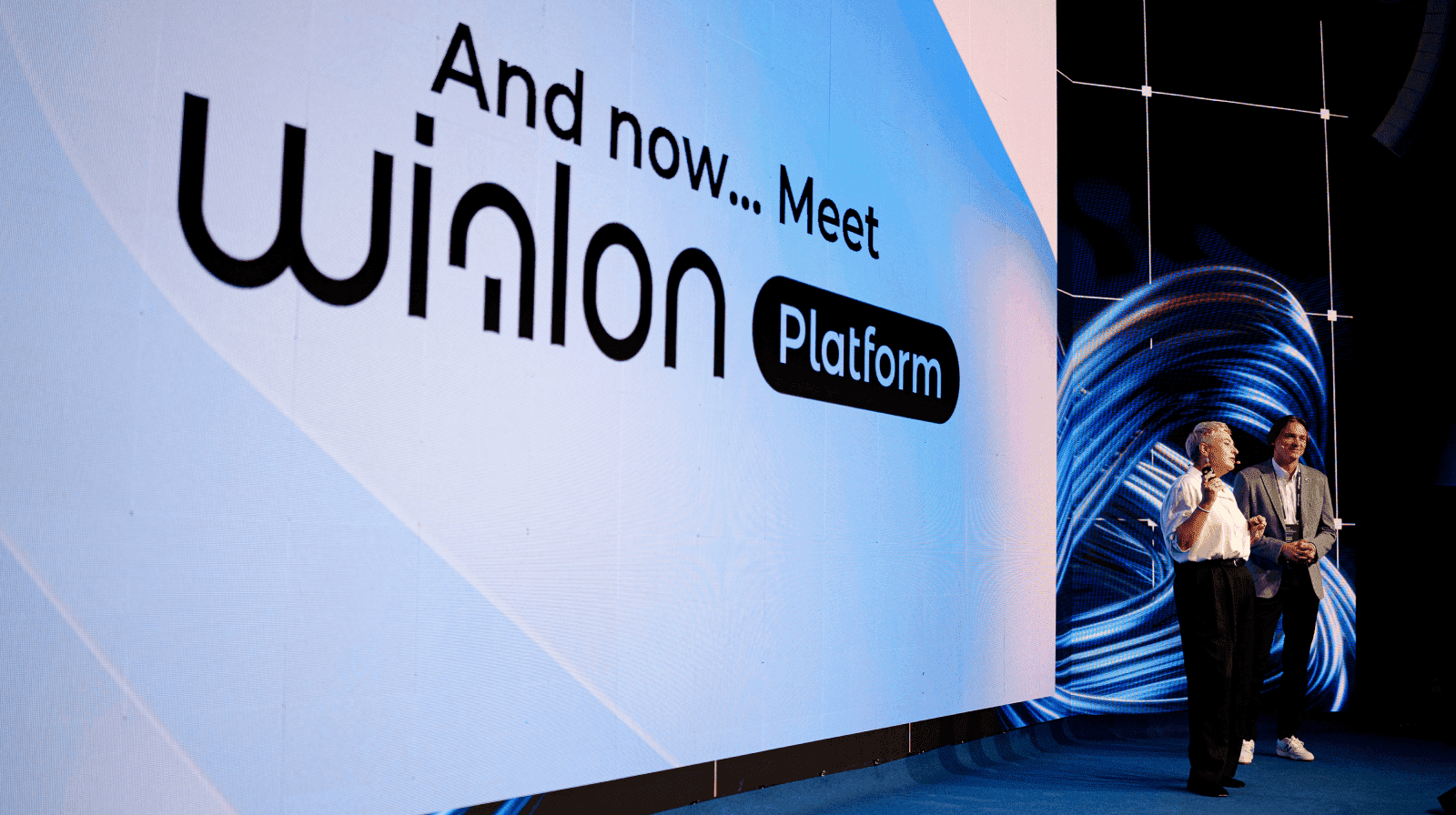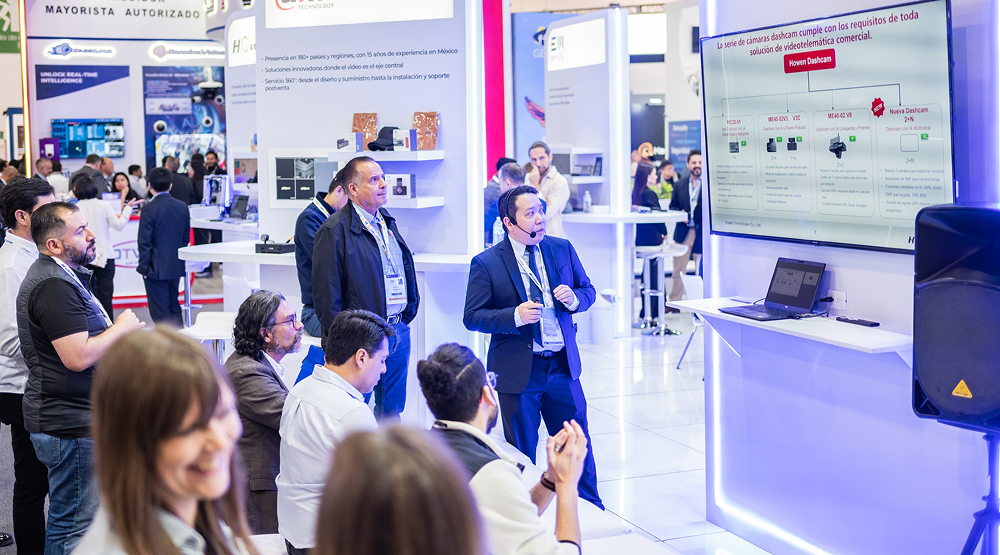What is smart mobility? The definition of smart mobility usually refers to an innovative and sustainable approach to transportation and urban planning that leverages technology, data, and intelligent systems. Smart mobility seeks to revolutionize how people and goods move in different urban areas, making transportation more sustainable, convenient, and adaptable to evolving communities’ needs.
Smart mobility solutions aim to provide efficient, safe, and environmentally friendly transportation options while reducing congestion and improving people’s overall quality of life.
The factors behind smart mobility’s rise
The rise of smart mobility can be attributed to several key factors that have evolved in response to one another and have collectively shaped the smart mobility landscape.
Urbanization. Urbanization is a long-term trend driven by population growth and vast economic opportunities in urban areas.
According to the United Nations Population Fund, the world is experiencing the largest wave of urban growth ever. Currently, more than half of the world’s population lives in cities, and this number will increase to around 5 billion by 2030. As more people move to cities, the demand for transportation solutions will continue to grow.
Number of cars and traffic jams. Traffic jams, often a result of the substantial number of cars on the road, cause inconvenience for drivers and pose a drawback for other city dwellers. They result in stressful commuting experiences, reduce road safety, and impair overall mobility. Traffic congestion leads to wasted time and fuel, causing economic inefficiencies.
In many studies, London is often referred to as the slowest city in the world. On average, drivers in London spend over 300 hours commuting, equivalent to more than 12 days a year. However, London is not alone in this challenge. Across different regions of the globe, other major cities like Dublin, Milan, Bengaluru, and Toronto also contend with the issue of traffic congestion.
London is labeled as the slowest city in the world, primarily due to the issue of traffic jams
In large, dynamic cities where time is a precious and costly resource, spending days in traffic is a cause for concern. Smart mobility seeks to provide alternatives to personal cars or minimize their usage.
Changing consumer behavior. Shifts in consumer behavior have fueled the demand for flexible transportation services.
Traffic congestion has already made personal car ownership more tiresome, but this is not the only reason influencing new consumer models' formation. Car maintenance is getting pricier, while the awareness of the impact of vehicle exhaust emissions on the environment is growing. Car and ride-sharing options have gained popularity as people look for cheap, sustainable, and comfortable mobility solutions.
Besides, in today’s urban landscape, a car isn’t necessarily the quickest means of transport, especially for short distances. Megacity residents are now embracing micromobility choices, opting to use a bike or scooter to reach their destinations faster.
By 2030, the micromobility sector could be worth $300-500 billion globally, according to McKinsey’s analysis. This includes money that consumers could spend on both shared and private micromobility. The shift toward micromobility is not just a trend; it has become a fundamental convenience and a necessity for the dynamics of a modern city.
Micromobility helps people meet their transportation needs
Environmental concerns. Transport accounts for more than a third of CO2 emissions from end-use sectors, as stated by the International Energy Agency. Transport emissions increased by 1.7% per year from 1990 to 2022, surpassing all other end-use sectors except for industry. Therefore, the growing environmental concern among individuals and governments is not unfounded.
The rise of smart mobility is closely tied to addressing environmental issues by providing sustainable and eco-friendly transportation alternatives like walking, cycling, and electric vehicles. To encourage the use of these transport modes, citizens need proper transport infrastructure to make their trips convenient and accessible.
Key components of smart mobility
Smart mobility is used as an umbrella term for diverse and interconnected modern technologies aimed at optimizing urban transportation. There are four key components of smart mobility worth mentioning here.
Sensors and IoT devices. GPS devices provide data on vehicles’ location, speed, operating conditions, etc. However, smart mobility systems can also collect data from weather sensors that provide information on temperature, humidity, precipitation, and wind speed.
The systems can utilize environmental sensors to monitor air quality, including pollutant levels and particulate matter. Sensors placed on bridges, roads, and other infrastructure can detect signs of wear and damage, helping with maintenance and safety.
Data connectivity and communication networks. They form the basis of intelligent mobility, ensuring seamless data transfer between vehicles, road infrastructure, and centralized systems. High-speed networks facilitate real-time communication, allowing swift responses to changing conditions.
Data analytics and processing. To uncover insights, patterns, and trends that drive informed decision-making, smart mobility solutions require advanced software and algorithms to process the data collected by sensors and devices.
Transport management solutions. Various specialized solutions help users monitor vehicles, traffic, or infrastructure and make decisions based on the data they receive. These management solutions help optimize routes, maintenance schedules and vehicle usage for public and private fleets.
How does it work?
The meaning of smart mobility is to solve different modern city challenges. Smart mobility offers alternatives to private car ownership, encourages the use of public transport, and makes access to different transportation modes more convenient. All of this has become crucial for crowded cities. Moreover, smart mobility can significantly enhance safety and reduce traffic accidents through new technologies and innovative solutions.
Smart mobility systems gather real-time data from various sources, including traffic cameras, sensors, and connected vehicles. This data gives current traffic information, helping traffic management centers quickly respond to congestion or accidents. With more advanced machine learning algorithms, smart mobility systems can predict traffic patterns and potential trouble spots. By analyzing historical and real-time data, authorities can anticipate issues and take proactive measures to alleviate congestion and improve traffic flow.
Dedicated apps provide real-time traffic information to car drivers and passengers in most bustling urban metropolises. These apps show the quickest ways, inform about accidents or closed roads, and encourage biking or public transport. Even though they have only been widely used for a few years, it seems impossible to imagine living in a city without these applications now.
Various apps simplify the process for a city dweller to select a mode of transport
Thus, smart mobility is a powerful tool for transforming urban transportation. Systems that collect real-time data and different apps have made solving today’s urban mobility challenges much easier.
How smart mobility applies to fleet management
Smart mobility is a valuable asset for individuals, local authorities, and businesses. Beyond its immediate appeal to those looking to relieve traffic congestion and improve quality of life, smart mobility aligns well with the goals of fleet management businesses. The connection between technology and transportation is not only about convenience; it is perceived as a pragmatic choice for many to achieve operational excellence. By embracing smart mobility, businesses can tap into a world of data-driven efficiency, cost reduction, and performance enhancement.
Fleet management solutions have changed significantly thanks to the appearance of smart mobility technologies. Take Wialon, for instance. Initially designed for basic GPS tracking, Wialon has transformed into a multifunctional system for fleet management and IoT, offering tools for driver behavior monitoring, fleet maintenance control, and in-depth analytics. This evolution reflects the adaptability of fleet management software to the emerging, more complex needs of fleet operators.
Customization and flexibility have also become paramount for fleet management solutions. Whether clients seek to calculate driver salaries based on driving behavior, optimize pizza delivery routes, or generate CO2 emissions reports, their software should offer these possibilities without complicated interactions with the platform. Wialon does exactly that.
Wialon is the ultimate platform for fleet management and IoT
Let’s move on to smart mobility examples
Smart mobility is the future of fleet management, but this future has already become a reality. You can observe this transformation by examining how different players optimize their internal processes with Wialon today, improving the quality of life of the urban population as a whole.
Better public transportation services. A special governmental executive body in Dushanbe, Tajikistan, set a goal to create a transparent public transport management system for 350 transport units operating in the city. Sarfaroz, a Wialon partner and telematics service provider, suggested a three-stage fleet management solution. As a result, passengers use buses and trolleybuses that follow the schedule and fully comply with traffic regulations. The client, in turn, reduced costs and optimized fuel consumption.
Orders arrive faster. The top cold chain IoT solutions provider in the UAE, managing 15,000 daily deliveries with 252 vehicles, sought to enhance its operations and gain real-time visibility for better decision-making. With support from MaliaTec, a Wialon partner, the last-mile delivery solution was successfully implemented, leading to reduced waiting times, elimination of traffic accidents, and decreased mileage. This outcome proved advantageous for all parties involved, including the provider, its customers, and end consumers.
Wialon helps implement complex cold chain IoT solutions
Less fuel consumption = less harm to the environment. One of the biggest transportation companies in Chile contacted a Wialon partner, GPS Chile, to build an effective multi-task fleet management solution. Following the implementation of this solution, the company not only saved on maintenance with real-time engine tracking and improved the performance of drivers but also reduced fuel consumption by 5%.
How a smart city enables smart mobility
A smart city represents a holistic approach to urban development, covering multiple sectors and services. Within the smart city framework, mobility stands out for its exclusive focus on innovative solutions to urban transportation challenges. Thus, the smart city incorporates mobility as a vital but one of many components forming the whole puzzle.
In 2023, Shanghai secured its spot as the World’s Number 1 Smart City, as recognized by experts from Juniper Research. Shanghai earned its place at the top for many reasons. For example, the city authorities successfully integrated a Suishenban Citizen Cloud app that is actively used by residents. It grants access to over 1,000 services — from ordering a taxi and checking real-time traffic conditions to making a doctor’s appointment or applying for marriage registration.
Shanghai’s top-ranked status was further solidified by its robust deployment of 5G technology. The city achieved 5G coverage in the downtown area and fiber coverage across 99 percent of the city. The extensive coverage allows for a more comprehensive network to support the myriad of connected devices and sensors contributing to smart city infrastructure, from traffic management to environmental monitoring.
Another reason why Shanghai earned the leading position in the Juniper ranking is the implementation of digital twin technology. The city boasts a complete virtual clone — a 3D model processing real-time data. In urban planning, this digital twin provides valuable insights for optimizing services, planning developments, and enhancing traffic flow. Designers, in turn, can simulate and assess ideas in the virtual environment, allowing them to anticipate the impact of decisions such as the placement of a bus stop or the footprint of a new building development before implementation.
A virtual clone of Shanghai
Shanghai’s multifunctional app, 5G deployment, and digital twin technology are key drivers for the city’s comprehensive development. These initiatives elevate the overall urban experience and streamline the integration of new local smart solutions. Smart mobility solutions in smart cities can also be implemented more quickly, thanks to the strong technological and data-driven base already in place.
Smart mobility trends: a glimpse into the future of smart mobility
While smart cities are likely at the forefront of smart mobility trends, it’s crucial to anticipate not only where the future will likely arrive first but also what it will be like. There are big changes on the horizon that will undoubtedly alter the current pace of life and the way fleet owners and suppliers do business.
Shared mobility. As stated earlier, shared mobility meets the changing needs of society. According to McKinsey, shared mobility could generate up to $1 trillion in consumer spending by 2030. Ride-hailing, including the rise of shared autonomous vehicles, is expected to be the leading revenue generator, followed by shared micromobility, car sharing, and urban air mobility (UAM).
McKinsey’s shared mobility forecast by 2030
Urban air mobility. UAM is a new segment of shared mobility that deserves special attention. Air taxis and freight drones can significantly revolutionize the future of transportation. Despite ongoing challenges in certification, infrastructure creation, and technology for managing new fleets, the outlook for the industry’s development remains positive.
According to the Roland Berger forecast, nearly 160,000 unmanned drones will be in use worldwide by 2050. They will generate an annual revenue of $90 billion.
Robo-taxis and shuttles. According to Deloitte’s German-focused research on mobility, the advent of self-driving technology is expected to lead to new mobility concepts, with autonomous taxis and shuttles becoming the dominant models. By 2035, autonomous fleet vehicles are expected to be used for one in three trips in Germany.
Electric vehicles. The transition to eco-friendly transportation, especially electric cars, has been ongoing for decades, but its pace was insufficient. However, with the enforcement of stricter CO2 emission standards, the development of electric car charging infrastructure, and declining battery costs, there’s potential for a substantial surge in electric car sales. According to Goldman Sachs research, EVs could make up about half of the new car sales worldwide by 2035.
Mobility-as-a-Service (MaaS). Will buying and selling cars remain a common practice in the future? It seems that the transition from buying a personal vehicle to a monthly subscription for a variety of shared mobility services through a single app has the potential to become more widespread. According to Juniper Research, the MaaS market could experience 363% growth by 2028.
Data & AI. The advent of big data and artificial intelligence has ushered in a new era of mobility, where transportation systems are increasingly interconnected, ever-evolving, and adaptive to diverse needs. These technologies play a pivotal role in enhancing smart routing, parking assistance, supply chain resiliency, and traffic management. The key to this trend lies in the swift and precise application of these technologies in connected mobility.
With Wialon, various businesses adapt to the changing reality more swiftly
Indeed, all these trends could shape the new mobility ecosystem. Transport and technology development undoubtedly move us towards a more sustainable, environmentally friendly, and comfortable future. Companies that embrace these trends, align their business with evolving reality and provide smart solutions can not only navigate the present market but also lead the future.
If you have already started or are about to start the fleet management business and want to try Wialon, please contact us by filling out this form. If you want to monitor your fleet or other assets, please contact the Wialon partner in your region. Find the one that suits you best on the Wialon partner map.
